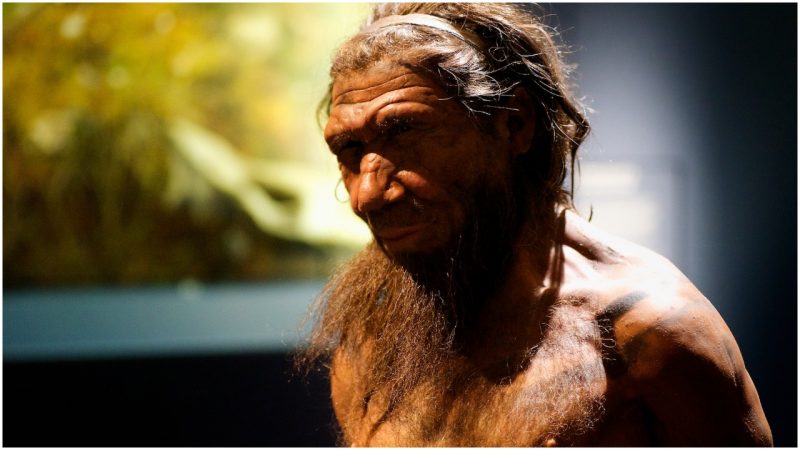In March 2010 the analysis of bone fragments at the Denisova Cave site in Siberia revealed a new human species to the world, the Denisovans. Since then we have learned that the ancestors of the Denisovans and Neanderthals separated from those of modern humans around 750,000 years ago, the two close cousins of living humans then diverging from each other a few thousand years later. Genetic data suggests that Denisovans were once present in large numbers across the Asian region although very few of their fossils have been discovered.
Following successful recovery of ancient DNA and subsequent mapping of the Denisovan genome, we now know that these archaic humans had sexual encounters with our ancestors around 45,000 to 50,000 years ago. The confirmation of interbreeding with Denisovans has followed the realization that these early modern human groups mated with our other close relatives the Neanderthals. Today most non-Africans have around 2–3 percent Neanderthal genes; East Asians have the highest levels with about 30 percent more of these genes than Europeans.
Denisovan genes are not present in all living humans; they are at their highest levels among the indigenous people of Australasia, especially those of Papua, where they make up approximately 5 percent of the modern genome. Southeast Asians and East Asians are the only other populations with significant traces of Denisovan genes, with a mere 0.2 percent. The discovery that Papuans carry such remarkably high levels of this archaic human DNA has led many scientists to suspect the Denisovans interbred with ancestors of Australasians somewhere east of Wallace’s Line – perhaps on Papua itself or a neighboring island.
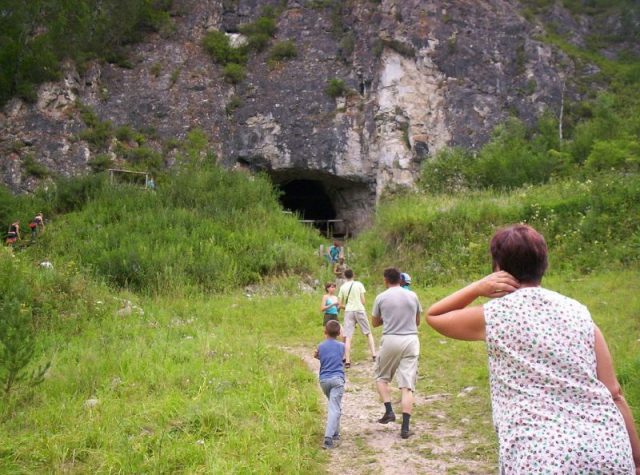
The paper “Analysis of Human Sequence Data Reveals Two Pulses of Archaic Denisovan Admixture,” by Browning et al. (2018), published in the academic journal Cell, adds a twist to the tale of these archaic romantic liaisons. Scientists associated with the University of Washington contrasted samples of DNA from numerous modern populations against the genome extrapolated from the samples of Siberian Denisovan DNA. The result of this exhaustive process was that the team discovered that East Asians, particularly Chinese and Japanese people, carry genes from two distinct Denisovan populations.
The data in the new paper makes it clear that the ancestors of East Asian people carry genes from the same Southern Denisovan group reflected in the Papuan genome, but also genes from a more distant relative of theirs, which was more closely related to the individuals inhabiting the Denisova Cave in Siberia. That the ancestors of East Asians have this unique signature for two interbreeding events has caused considerable confusion.
The logical deduction from this new finding is that some of the modern humans living in Australasia moved up into Southeast and East Asia after interbreeding with Southern Denisovan had occurred. Members of this migrant group then encountered a second population of Northern Denisovans and had sexual relations with them, even if only on a limited scale–suggested by the low proportion of genes remaining today. Samples of DNA from the Denisova Cave site had previously revealed one of the Denisovans, a young girl, carried genes from a modern human ancestor closely related to modern Papuan. This discovery confirms that the genetic traffic moved in both directions.
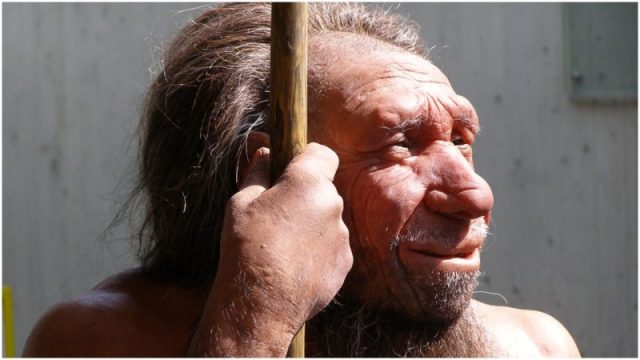
These migrants from Australasia must have flourished in Asia because today they have several million descendants. They also may have absorbed additional human sub-species previously living in the region as around one-quarter of the ancient DNA that Browning found didn’t match either Neanderthal or Denisovan DNA. It could be that various so-called “ghost populations” mated with early modern humans in Asia, we can’t be sure until we find fossils containing viable DNA.
How does this fit with Recent Out of Africa theory? Geneticists calculate that the populating of Eurasia began with African modern human ancestors entering Asia around 60,000 years ago, followed by a back-migration that arrived in Europe by 45,000 years ago. In this model it is assumed that the early migrants encountered Neanderthals in the Middle East, then carried genes from that meeting with them. With Denisovan fossils present in Siberia it also seemed logical that a single meeting occurred as these ancestors moved through Central Asia. Once they arrived in Asia, the initial migrant population group split three ways, going on to populate Europe, Asia and Australasia.
The problem is that this model does not fit at all well with the genetic data emerging from the latest studies. Why is it that Europeans seem to have no Denisovan genes if their ancestors passed through the supposed territories of these people at least twice? How did East Asians end up with significantly more Neanderthal DNA than Europeans if these close relatives of ours lived in the Middle East and Europe? Why are East Asian populations the only groups that carry the signature of two distinct interbreeding events with Denisovans?
Disturbing occasions when ancient Egyptian curses seemed to come true
There are far more anomalies in the story than the few raised above; indeed, even the suggestion that early migrants from Africa walked right past Europe as they headed towards Asia, before then returning to populate that region seems peculiar. We should also consider that while genetic analysis has repeatedly confirmed that ancestral Eurasians diverged from their source population close to 60,000 years ago, archaeology has placed humans in Australia at least 65,000 years ago. Explaining this early presence requires one splinter population to move all the way through Southeast Asia, build boats, and then sail through an extensive chain of islands toward a continent not visible to them. Despite Australasians being considered descendants of the early Asian migrants they carry no genes from the Northern Denisovans.
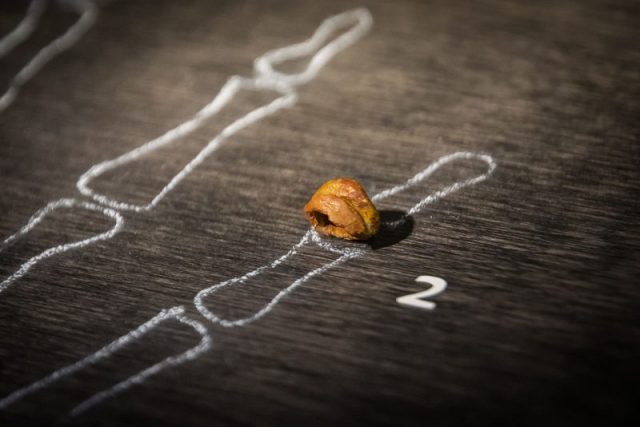
Something doesn’t sound quite right with all of this, not only is the migration route bizarre in the extreme but there are several anomalies which just seem inexplainable. There is a common principle in modern science that tends to guide the methodology in research, Occam’s Razor, attributed to the 14th-century logician and Franciscan friar William of Ockham. Occam’s principle states that “entities should not be multiplied unnecessarily.”
Scientists today have slightly revised the wording of Occam’s principle for logical investigation, boiling it down to the following understanding, ‘when you have two competing theories that make exactly the same predictions, the simpler one is the better.”
Some readers might be surprised that there is a competing model already in print which better explains all the findings we have discussed and is free of any strange anomalies. With the ancestors of Australian Aboriginals on their continent at least 65,000 years ago, we can use an Out of Australia model for the migrations into Eurasia between 60,000 and 50,000 years ago, without any need for new archaeological discoveries. We need only assume two separate migrant groups, and then suddenly every single piece of existing evidence fits snugly into place without any problems.
The first migrant group assumedly encountered Southern Denisovans as they moved north through Papua (which was then part of continental Australia) or on a nearby island as they sailed through the Indonesian archipelago. These explorers then moved north through Southeast Asia and populated mainland Asia. This group likely absorbed local remnant populations of Neanderthals, Denisovans, and other hominins (perhaps Homo erectus).
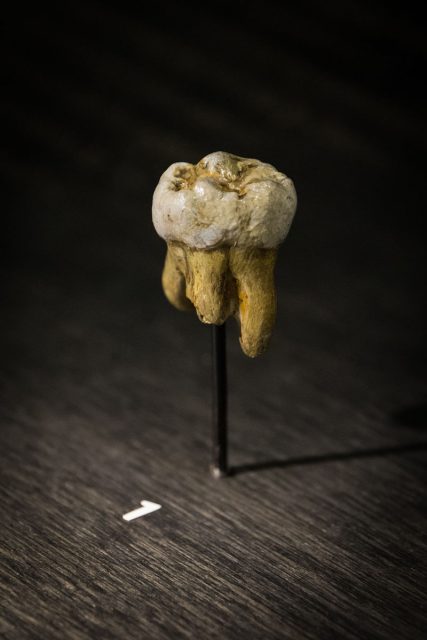
The second migrant group left Australia from the North Coast, sailing across the Timor Sea to the island of Timor. From there they sailed towards mainland Asia without ever passing through Denisovan territories far to their east. Once these mariners reached Southeast Asia, they moved west via coastal South Asia before moving inland as they arrived in the Middle East. By around 45,000 years ago descendants of this second migratory group had entered Europe and even North Africa.
The depiction of events described above not only fits the existing archaeological evidence but is also supported by the genetic data and meshes well with palaeoclimate data. This Out of Australia and Into Africa Theory theory is not only simple and logical, but it is far superior to the existing hypothesis as it requires fewer assumptions and removes existing anomalies.
The only problem is that these findings require an uncomfortable direction for academics to move in, a total paradigm displacement. Historically, it has usually taken a generation of academics to retire before any such major change can happen in any area of scientific understanding. As the revered physicist Max Planck once famously said, “Truth never triumphs—its opponents just die out.”
We perhaps should not expect any rapid change in the academic consensus human origins models, but one thing we can all rely on is that we are going to hear about a great deal more ancient sex before the human evolutionary story is all told.
Bruce R. Fenton is a researcher of human evolution and ancient hominin migrations, with a special focus on the rise of the first /Homo sapiens/. Fenton is the author of the pop-science book ‘The Forgotten Exodus: The Into Africa Theory of Human Evolution,” as well as a regular guest writer for several online magazines. His research interests have taken him to all six inhabited continents and led to his being featured in the UK Telegraph and acting as an expedition leader for the Science Chanel. He is a current member of both the Palaeoanthropology Society and the Scientific and Medical Network.
